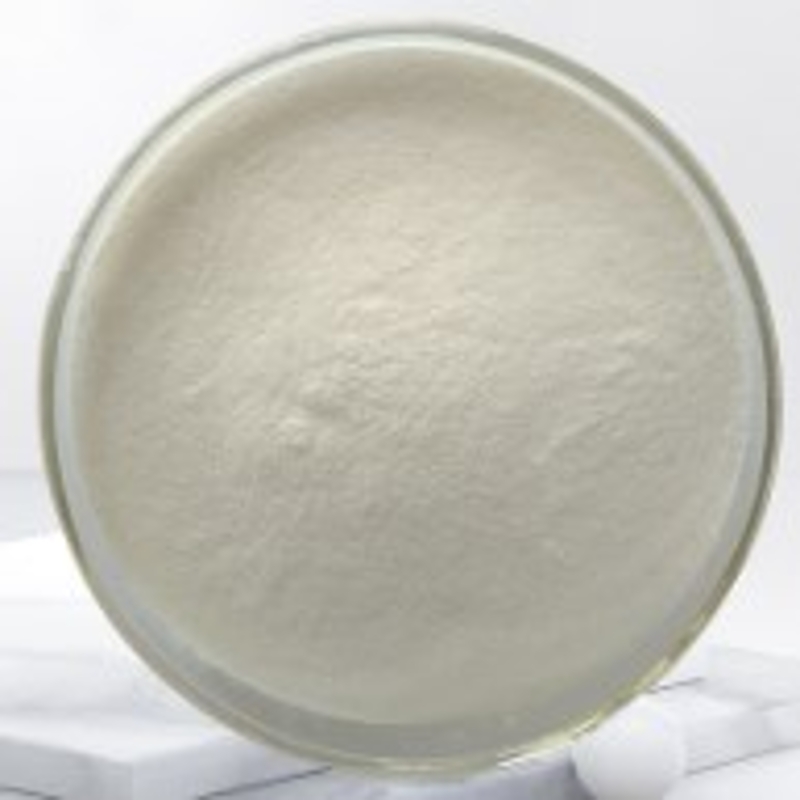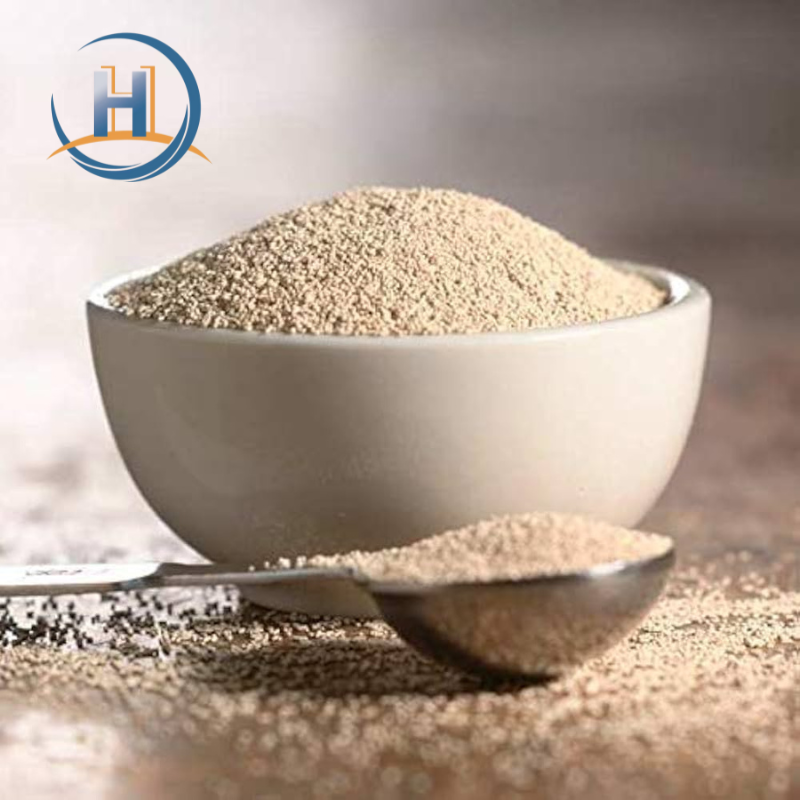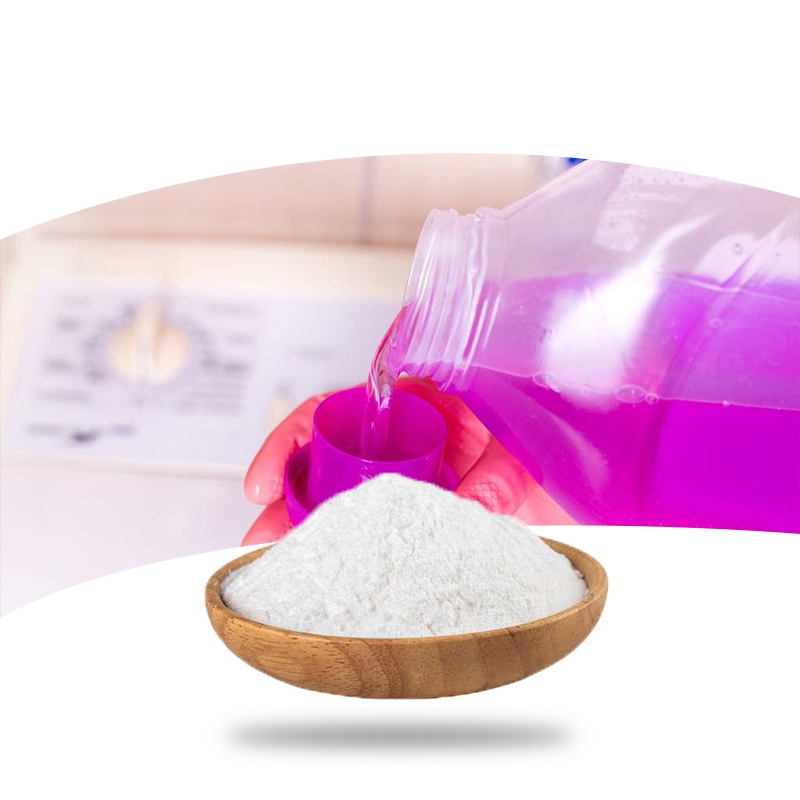What are the edible red pigments
-
Last Update: 2019-03-27
-
Source: Internet
-
Author: User
Search more information of high quality chemicals, good prices and reliable suppliers, visit
www.echemi.com
Introduction: natural food has a specific color It has a long history to extract edible pigment from natural food So, what is the edible red pigment? Come and have a look with you! It is generally believed that natural food pigments are harmless to human health, and some natural food pigments also have certain health functions, such as carotene, lycopene, chlorophyll, capsanthin and other food pigments So, what is the edible red pigment? Let's introduce the small edition of Baibai safety net! By the end of 1998, the synthetic pigments approved by the state for use were amaranth, amaranth aluminum lake, carmine, carmine aluminum lake, erythritol, erythritol aluminum lake, new red and new red aluminum lake Lemon yellow, lemon yellow aluminum lake, sunset yellow, sunset yellow aluminum lake, bright blue; bright blue aluminum lake, indigo, indigo aluminum lake, sodium copper chlorophyllin, B-carotene, titanium dioxide, alluring red, acid red, etc., 21 kinds in total There are 9 kinds of synthetic pigments used in China, including amaranth, carmine, new red, lemon yellow, sunset yellow, indigo, bright blue, red, alluring red, etc Limit standard for synthetic edible red pigment According to China's hygienic standard for the use of food additives (GB2760-1996), it can be used for high sugar fruit juice (flavor) or fruit juice (flavor) drinks, carbonated drinks, confectionary wine, confectionery, confectionary color packaging, green plum, hawthorn products, pickled vegetables, with a maximum use of 0.05g/kg; it can be used for red and green silk, dyed cherry (for decoration), with a maximum use of 0.10g/kg ● carmine red According to the hygienic standard for the use of food additives (GB2760-1996), it can be used for high sugar fruit juice (flavor) or fruit juice (flavor) drinks, carbonated drinks, wine preparation, confectionery and pastry color packaging, green plum and hawthorn products, pickled vegetables, the maximum use amount is 0.05g/kg; it can be used for red green silk and dyed cherry (for decoration), the maximum use amount is 0.10g/kg, soymilk drinks and ice drinks The maximum dosage of ice cream is 0.025g/kg (residue 0.01g / kg), shrimp (flavor) tablet 0.05g/kg and candy coating 0.10g/kg According to the provisions of China's hygienic standard for the use of food additives (GB2760-1996): it can be used for candy coating, with a maximum use of 0.085g/kg, ice cream, fried chicken seasoning with a maximum use of more than 0.07g/kg, which is the content of the edible red pigment After reading it, I believe you all know! If you want to know more about food safety Please pay more attention to Baibai Security Internet bar! Editor in charge: Wang Xiujuan
This article is an English version of an article which is originally in the Chinese language on echemi.com and is provided for information purposes only.
This website makes no representation or warranty of any kind, either expressed or implied, as to the accuracy, completeness ownership or reliability of
the article or any translations thereof. If you have any concerns or complaints relating to the article, please send an email, providing a detailed
description of the concern or complaint, to
service@echemi.com. A staff member will contact you within 5 working days. Once verified, infringing content
will be removed immediately.







